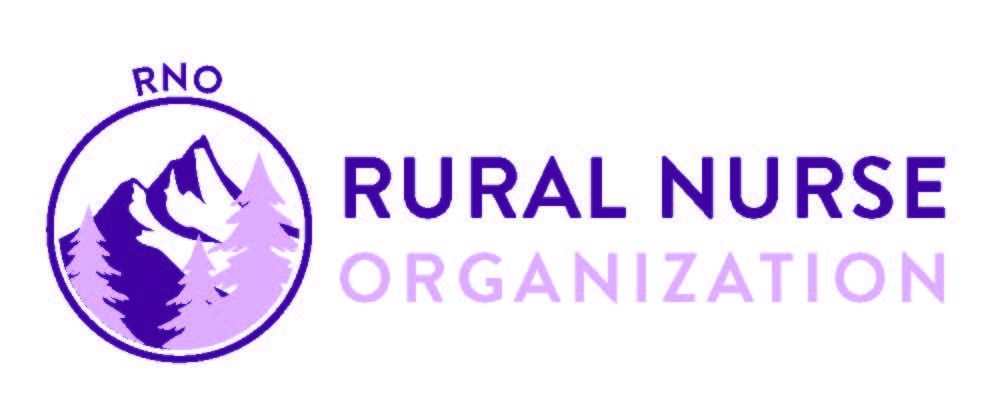This blog post was prepared by RNO Website Committee Chair Joan Grant Keltner.
- More than 60% of rural counties do not have access to a psychiatrist and greater than 80% do not employ psychiatrist nurse practitioners (Andrilla, et al., 2018). About 95% of children who live in rural counties also do not have mental health providers whose practice is within a feasible driving distance by parents (U.S. Government Printing Office, 1998). Compounding this issue, almost 30% of these individuals still do not have access to broadband internet services (Vogels, 2021). Yet, rural individuals have a higher prevalence of both depression (Capriotti et al., 2020) and suicide (Centers for Disease Control and Prevention, 2022) rates when compared to their urban counterparts. Unfortunately, a strong self-reliance, a lack of trust, long distances to medical care, few mental health providers, a lack of health insurance, and little time to travel because of the daily responsibilities of farm life are a few of the barriers that exist (National Institute of Mental Health , 2018). Yet there are resources available to these individuals caring health professionals should offer.
Mental Health Resources (e.g., programs, list of key stakeholders, webinars, podcasts, etc.) to assist rural individuals and their families with mental health issues:
A. Organizational Mental Health Resources by Topics (anxiety, depression, eating disorders, etc.): https://www.ruralminds.org/mental-health-resources-by-topic
B. Mental Health Resource Names (organizations, associations, networks, etc.): https://www.ruralminds.org/mental-health-resources
C. Crisis Resources: https://www.ruralminds.org/crisis-resources
D. Programs and Resources to Build Mental Health Resilience: https://www.ruralminds.org/resilience
E. Mental Health Webinar: https://www.ruralminds.org/rural-mental-health-connections-webinar
F. Farm State of Mind Resources: https://www.fb.org/initiative/farm-state-of-mind
G. Other Key Mental Health Stakeholders (webinars, podcasts, presentations, toolkits, etc.): https://www.ruralhealthinfo.org/topics/farmer-mental-health
H. Agriculture Stress Help Line: https://www.agrisafe.org/agristress-helpline/
Andrilla, C. H. A., Patterson, D.G., Garberson, L.A., Coulthard, C., & Larson, E. H. (2018). Geographic variation in the supply of selected behavioral health providers. American Journal of Preventive Medicine, 54(6; Suppl 3), S199-S207. https://doi.org/10.1016/j.amepre.2018.01.004
Capriotti T, Pearson T, & Dufour L. (2020). Health disparities in rural America: Current challenges and future solutions. Clinical Advisor. https://www.clinicaladvisor.com/home/topics/practice-management-information-center/health-disparities-in-rural-america-current-challenges-and-future-solutions/
Centers for Disease Control and Prevention. (2022). Disparities in suicide. https://www.cdc.gov/suicide/facts/disparities-in-suicide.html
National Institute of Mental Health. (2018). Mental health and rural America: Challenges and opportunities. https://www.nimh.nih.gov/news/media/2018/mental-health-and-rural-america-challenges-and-opportunities
U.S. Government Printing Office. (1998). Mental health, United States. DHHS Pub. No. (SMA) 99-3285. Washington, DC: Superintendent of Documents, 204-213.
Vogels, E. (August 19, 2021). Some digital divides persist between rural, urban and suburban America. Pew Research Center. https://www.pewresearch.org/fact-tank/2021/08/19/some-digital-divides-persist-between-rural-urban-and-suburban-america/1
